Everyone is familiar with 11-on-11 tackle football with players wearing helmets and shoulder pads, but there’s another game that’s growing in popularity at a rapid pace. 7v7 football participation has seemingly skyrocketed in recent years, and for good reason! 7v7 football focuses primarily on the skill positions, such as quarterbacks, running backs and wide receivers on the offensive side of the ball, while cornerbacks, safeties and linebackers lineup on defense. With an emphasis on speed and football specific skill, and given the non-tackle factor of 7v7 football, players can take more chances than they would if they were playing 11-on-11 in full pads. Plus, it’s always exciting to see the skill players put their full capabilities on display!
Why is 7v7 Football So Popular?
7v7 is a game that can be played year-round, unlike traditional tackle football. There’s a lot less equipment required, and coaches are using it more and more to develop transferable skills for tackle football but without the need for contact on every play. Non-tackle games are great for developing route running, defensive coverage, and more technical aspects of football.
Many players participate in 7v7 in the off season to be better prepared for the tackle season, but coaches also utilize 7v7 setups during in-season practices to work on passing and run through plays. Some coaches notice that the players who do participate in 7v7 leagues in the off season tend to be more prepared than those who do not when tackle season comes around.
7v7 is also being used to showcase players’ skills for recruitment purposes. Instead of only watching game film, some college coaches are watching film from high school practices and non-tackle showcases in order to further analyze a player’s skill. Watching 7v7 film or live non-tackle showcases provides coaches with yet another way to get a better idea of the athlete’s capabilities.

How does 7v7 differ from tackle football?
7v7 plays very similar to a traditional game of football, but with a reduced level of contact and slightly different rules. As the name suggests, there are 7 players on the field at a time for each team, while in regular tackle football there are 11. Positions and rules differ based on geographic location, but the most widely accepted setup for a 7v7 offense is composed of a snapper, a quarterback and a mixture of receivers and running backs.
There are no linemen or any tackling allowed in non-tackle football. Players can get another player “down” by touching them anywhere below the neck with both hands.

Where did non-tackle football come from?
7v7 football stems from the popular game of flag-football which was created on US military bases during World War II. During downtime, football was a popular way for troops to release pent-up energy while also having a good time. It wasn’t long before flag-football was born. From there, the game evolved and branched off to include a type of football game that omitted the use of flags. Thus came non-tackle football.
What do you wear for a 7v7 football game?
Headgear is becoming more and more popular in the world of non-tackle football. While the object of the game is to eliminate impacts, football is a competitive game and impacts can happen. The Xenith LOOP, backed by extensive research, is built to protect the areas most susceptible to injury in non-tackle football. Designed to accommodate all head shapes and hairstyles, the Xenith LOOP is the most comfortable and best performing non-tackle headgear on the market based on 2019 Virginia Tech Helmet Ratings.

Learn more about Xenith LOOP here.
Gear up for your 7v7 football season here.

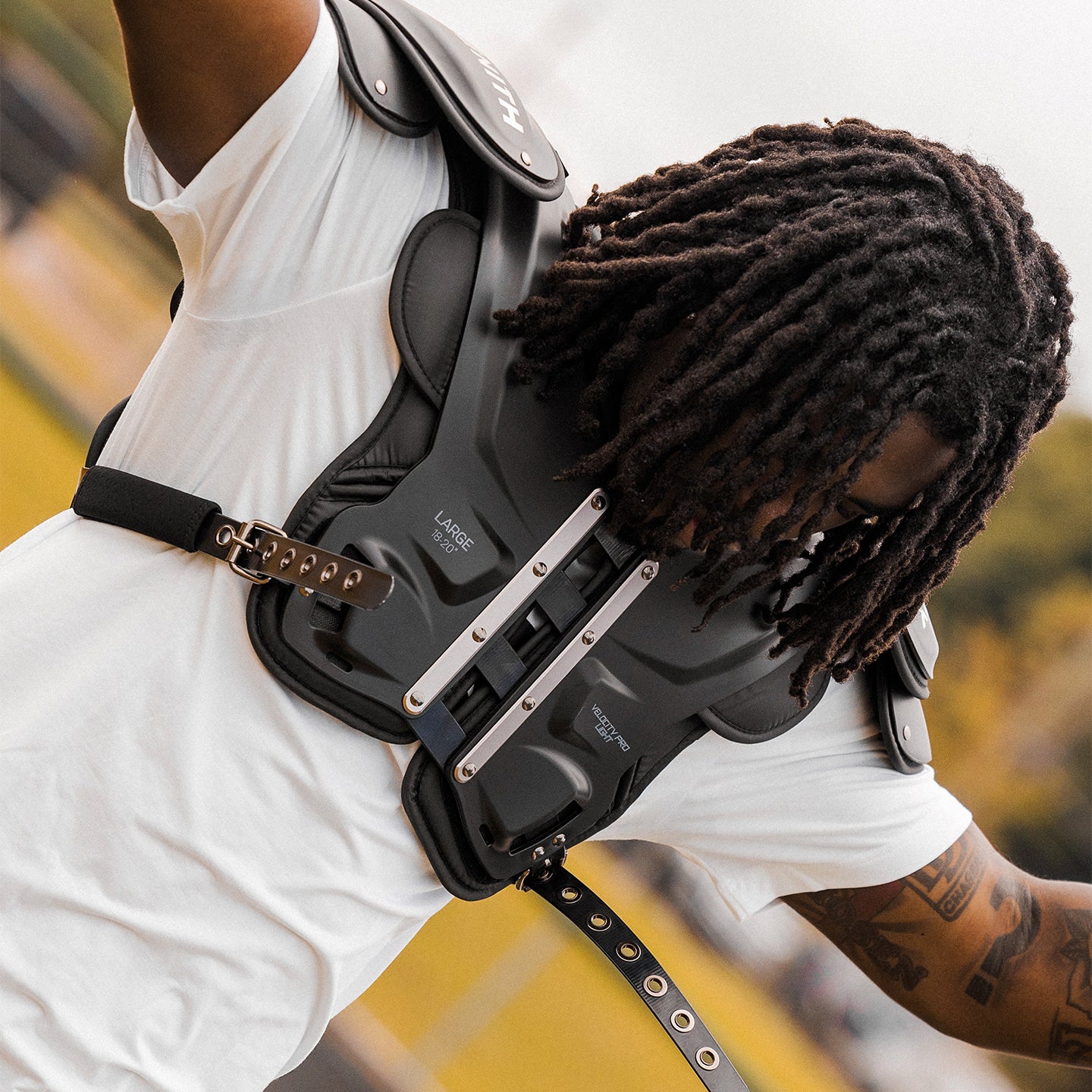
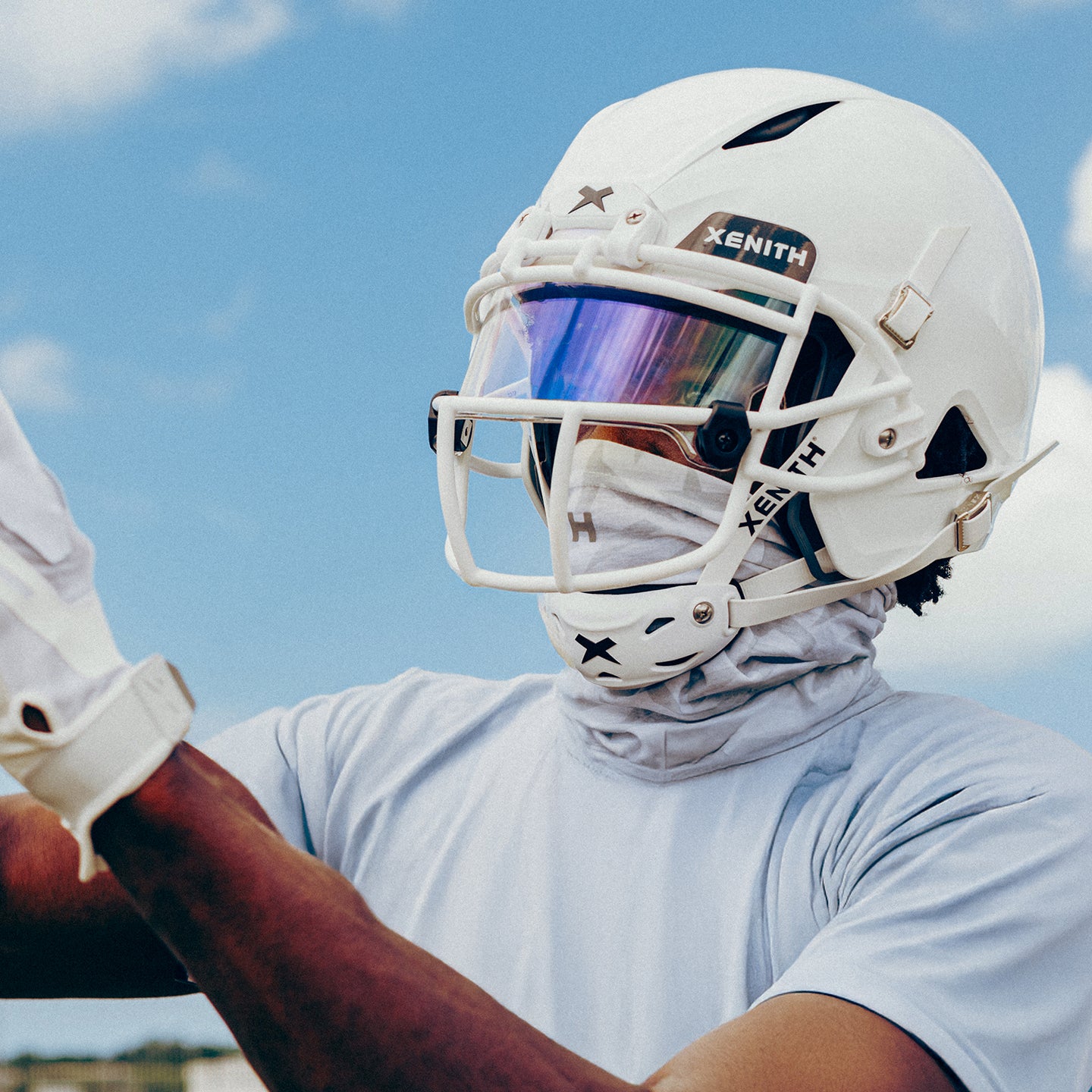
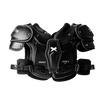
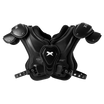
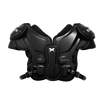
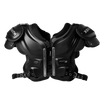
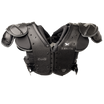
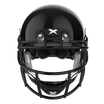
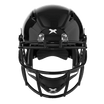
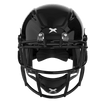
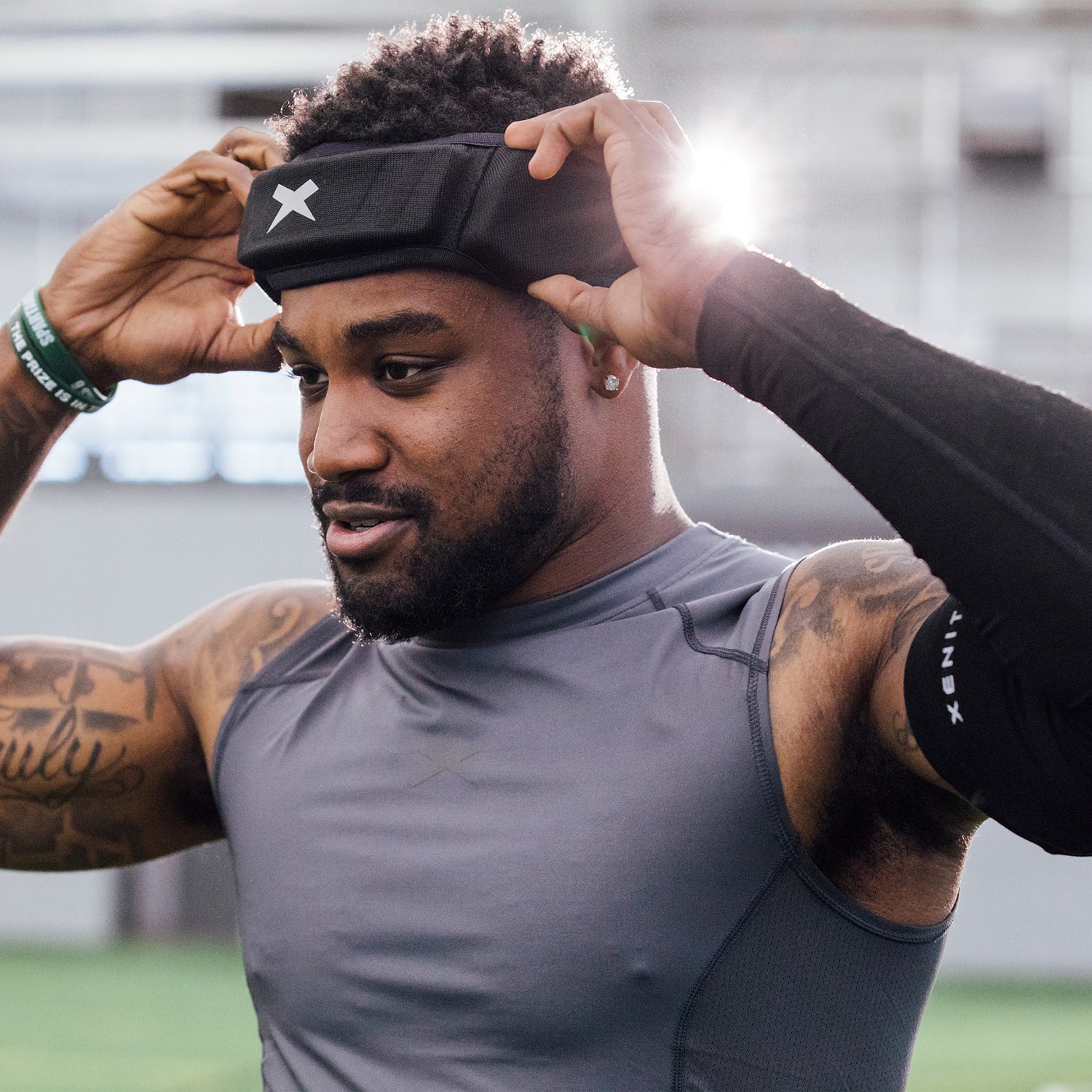
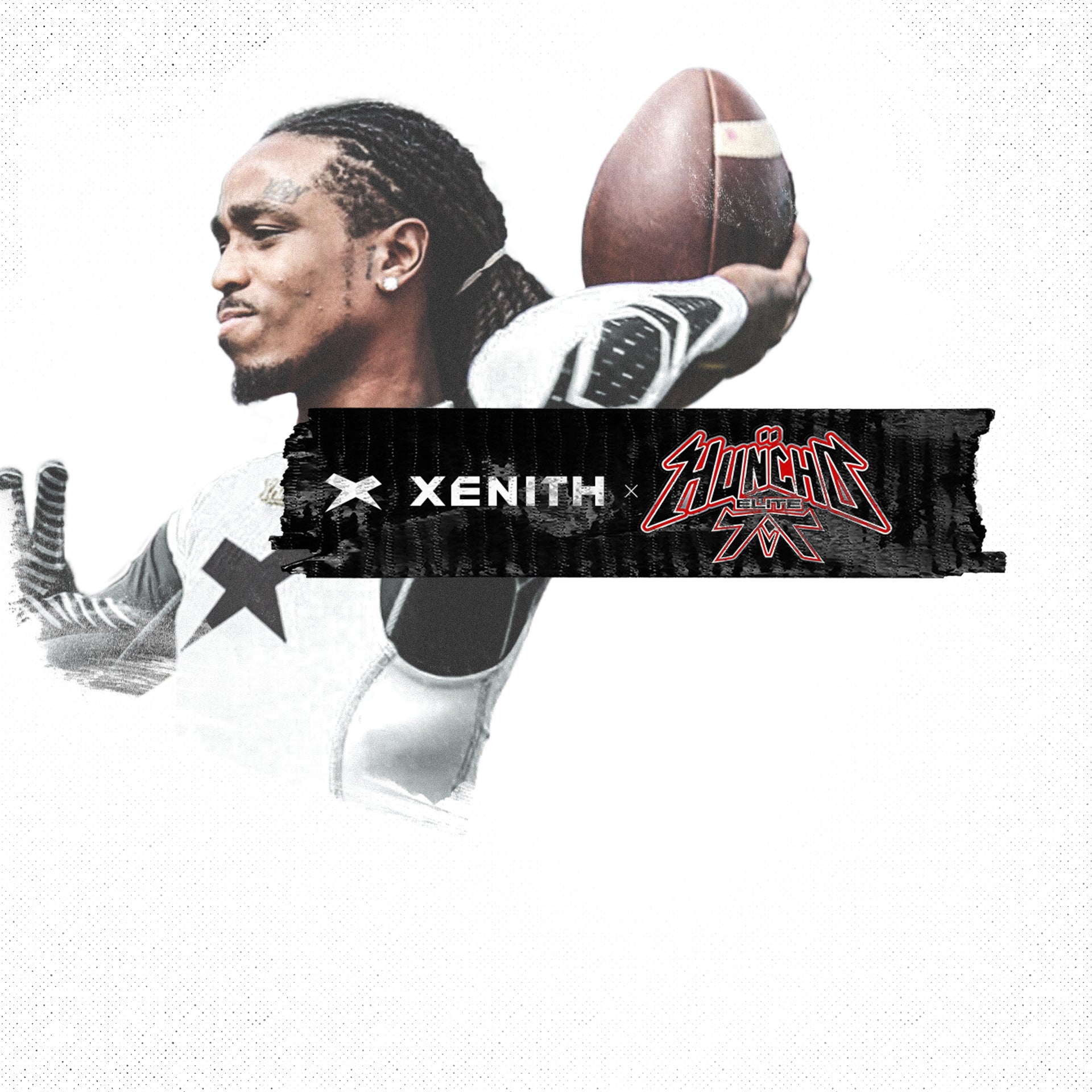
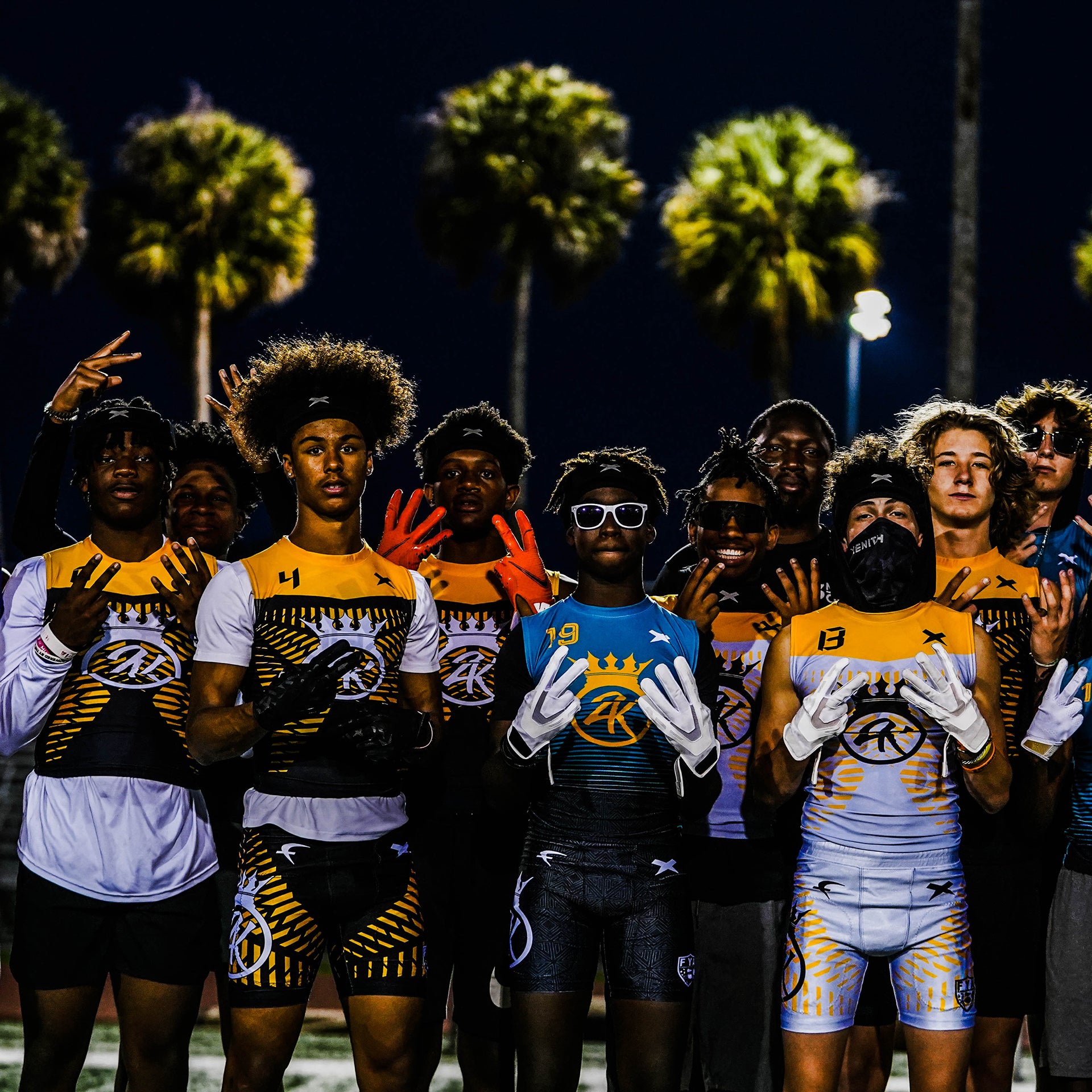
Leave a comment
This site is protected by hCaptcha and the hCaptcha Privacy Policy and Terms of Service apply.